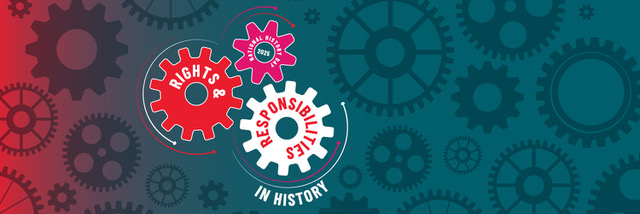
National History Day is a project-based history contest for students in middle and high school. Every state has a program, and you can find out more about how to join Wisconsin’s National History Day here.
For students and teachers who are already part of National History Day, Wisconsin 101 has many resources you can use. Whether you are working on an exhibit, a paper, a presentation, or a website, we are happy to help!
“Rights & Responsibilities in History”– Objects and the 2025 National History Day Theme
An “object history” tells stories about the past by starting with an object. Objects document past events and remind us of the thoughts, values, and experiences of people long gone. They also help us explore the links between distant events and processes.
For National History Day, you can write your own object histories, or you can explore our website to find objects that relate to your project. Some objects on Wisconsin 101 connect directly with this year’s theme of “Turning Points in History.” We’ve compiled a list of ideas to help you get started.
Take some time to explore the objects and stories on our site. You might be surprised by what kinds of connections you can build!
Resources for Students
- Map: Use the map on our homepage to find stories about objects from your part of the state.
- Finding objects: Begin by visiting your local museum or historical society. You can find a list of them here. If you have already begun a NHD project, then you can see what objects they have that might link to your project. When you talk to the curator be very clear about what you are researching. That way they can help guide you to the most useful objects. You can also visit places like the Milwaukee Public Museum, the Milwaukee Jewish Museum, the Neville Public Museum, or the Wisconsin Historical Society. And don’t forget to look for photos. Some are online while others you’ll need to visit in person.
- Useful objects: The best object for your project will include information about where it was made, when, how, who owned it, or why that person gave it to the archive. Remember, just because someone famous owned or created the object, doesn’t mean it will be useful for your project.
Resources for Teachers
- Tips for visiting an archive: Try contacting your local historical society or museum to see if they can provide a short tour of their collections and some time for students to see objects in the collection. Be clear with the archivist about what the project is so that they can help choose objects that are most useful for your students. Being specific about the students’ projects will help the archivist guide students through the collection. For instance, “The National History Day theme is ‘Turning Points in History’ this year. One of my students is interested in this theme as it connects to the history of labor conditions in the early twentieth century. Do you have any objects that might help her develop a local context for this project?”
- Crafting questions: Creating strong research questions can be one of the most important and challenging parts of NHD projects. This guide gives some tips and guidelines for developing strong historical research questions based on objects. Our list of suggested NHD objects also gives some examples of questions focused on this year’s theme.
- Lesson plans: Whether for National History Day or a classroom assignment, Wisconsin 101 can help you develop lesson plans for your classroom. We’re here to help.
- Sample High School Lesson Plan: Next Steps in Object History
- Contact us for more information about object-histories, lesson plans, and other resources.
Videos for Choosing and Researching NHD Topics
Click on the title to view the video in YouTube.
This video provides tips on searching for a research subject. Choose a subject that is interesting to you and that has lots of primary and secondary sources.
Sometimes we think that history is just a bunch of dates, names, and places related to politics and nations, but it can be absolutely anything. Look around your room. You can probably write a history inspired by a number of objects you have laying around. You could write a history about the development of commercial lamps and lighting, carpeting, electronic games or even figurines. If there are sources about it, you can write a history about it. So be creative and have fun!
This video defines primary and secondary sources. It also shows how you can use them to help you with your research process.
We also recommend reaching out to your local historical society and library if you need help researching your National History Day subject.
Potential Topics Based on Objects from Our Site:
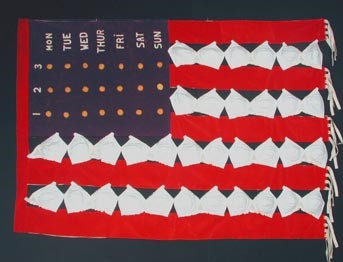
The Land of the Freed-Up Woman
How does the flag represent both rights and responsibilities? How were American women’s rights and responsibilities shifting in the 1970s? Was it the same for all women?
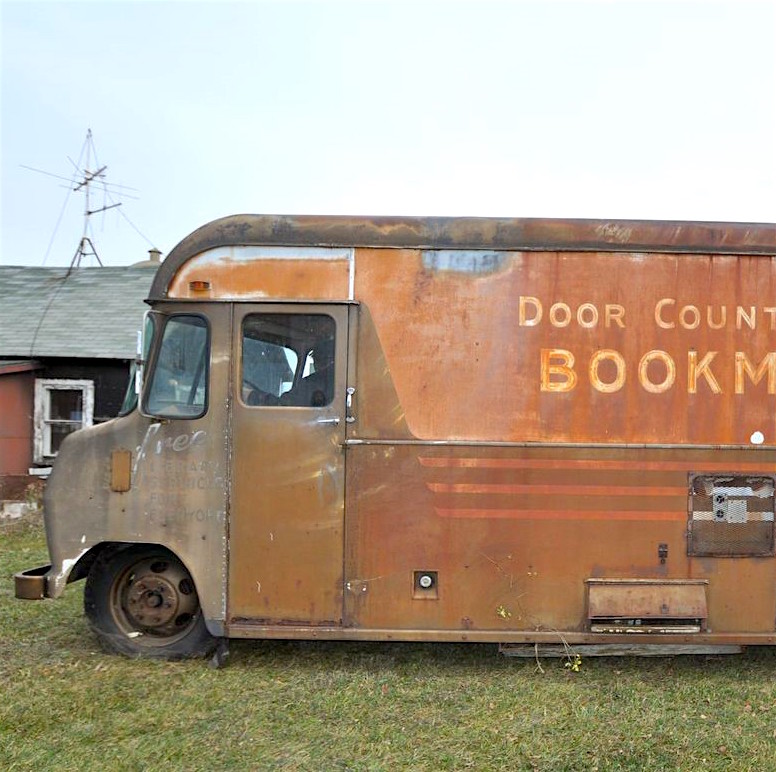
Door County Bookmobile
In what ways is access to information both a right and a responsibility? How has rural access to information changed over time?
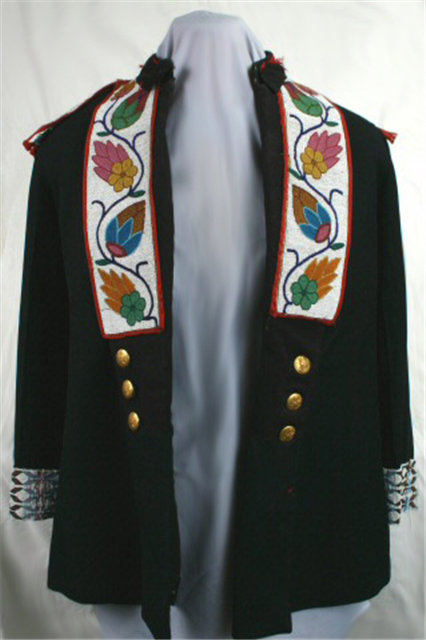
Potawatomi Beaded 'Soldier Coat'
How can nineteenth century treaties between the US government and First Nations reveal these groups’ ideas about the rights and responsibilities of governance? Of occupying land? In what ways did rights and responsibilities shape Chief Kahquados’s activism?
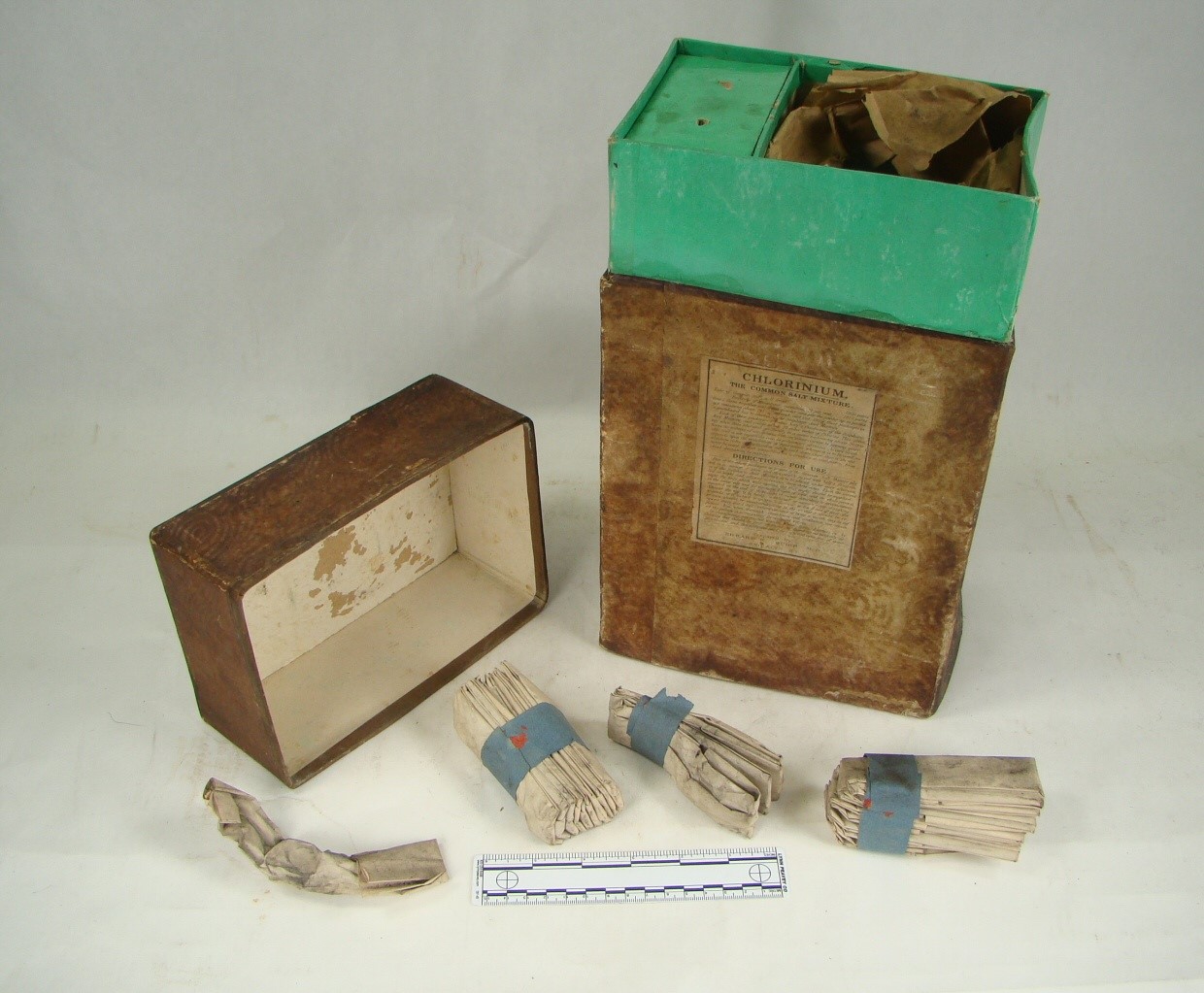
Box of Chlorinium
How did the Civil War help shape Americans’ ideas about the rights of soldiers and the government’s responsibility to care for them? How do the rights and responsibilities of the military and community interact around sites like Camp Randall? In what ways do rights and responsibilities around hygiene at military camps differ in a conflict on American soil rather than abroad?
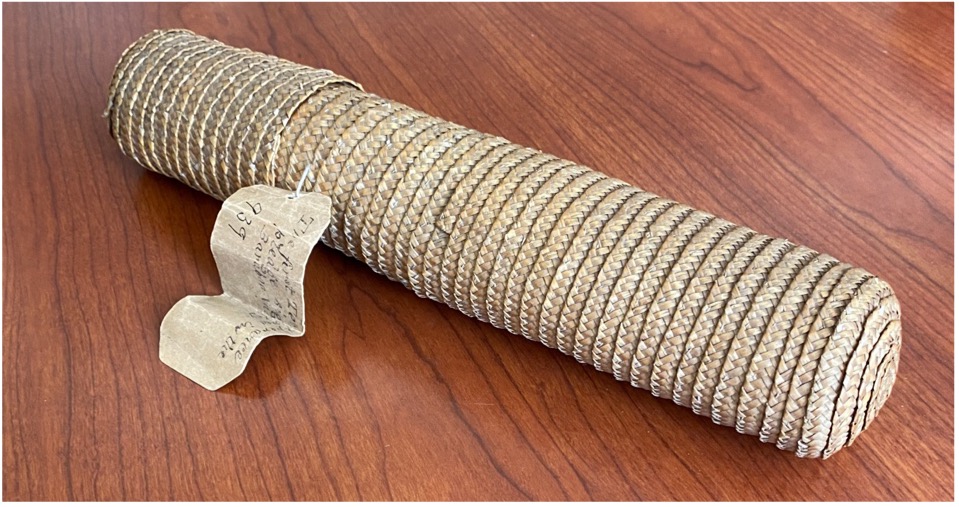
The Canfield Temperance Case
How did ideas about rights and responsibilities shaped the temperance movement in America? In what ways does this case represent thinking about rights and responsibilities in the Baraboo Valley?
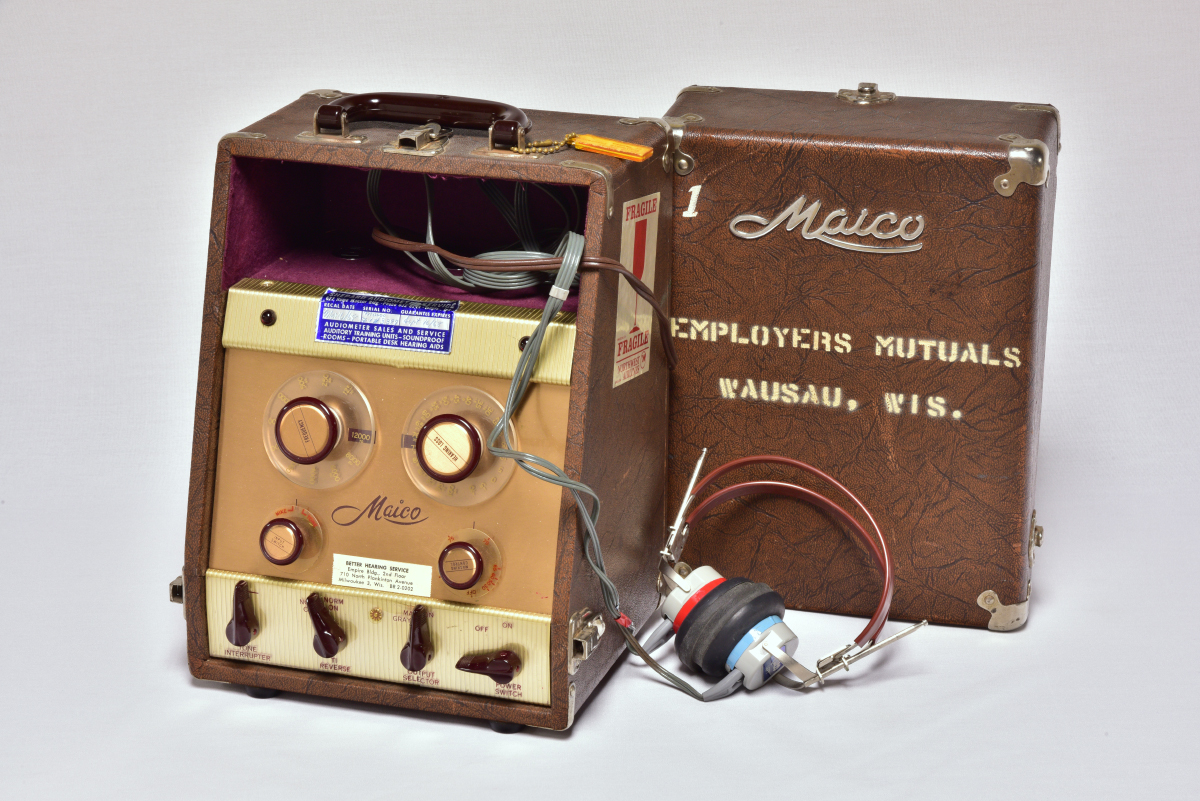
Employers Mutual Audiometer
How does this machine help us think about rights and responsibilities around workplace health and safety? In what ways are employees’ and employers’ rights and responsibilities at odds in the workplace? In what ways are they aligned?
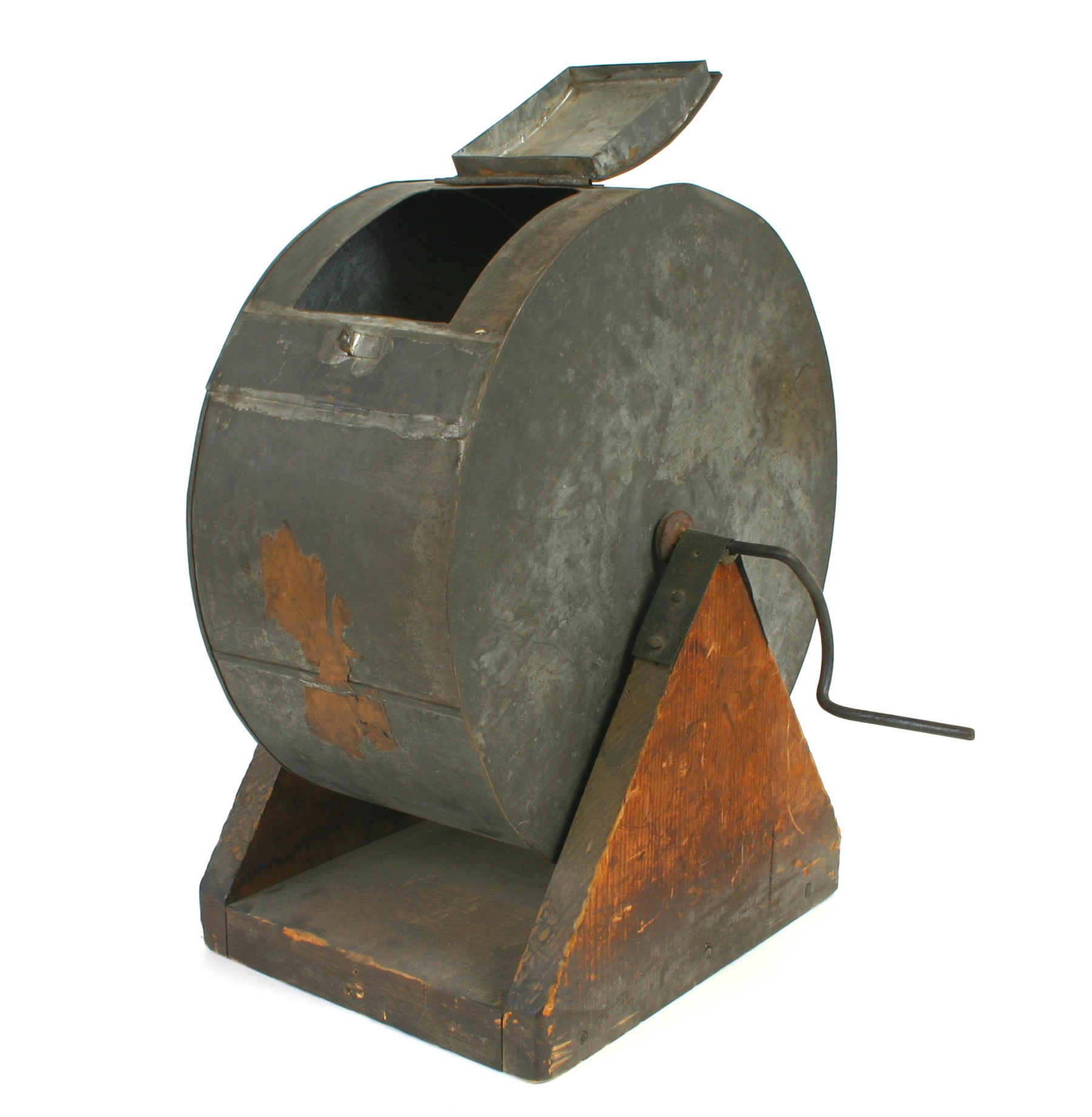
Draft Drum
In what ways can the draft drum help us see various groups’ rights and responsibilities intersected and overlapped during the Civil War? How did ideas about rights and responsibilities precipitate the Ozaukee County Draft Riot?
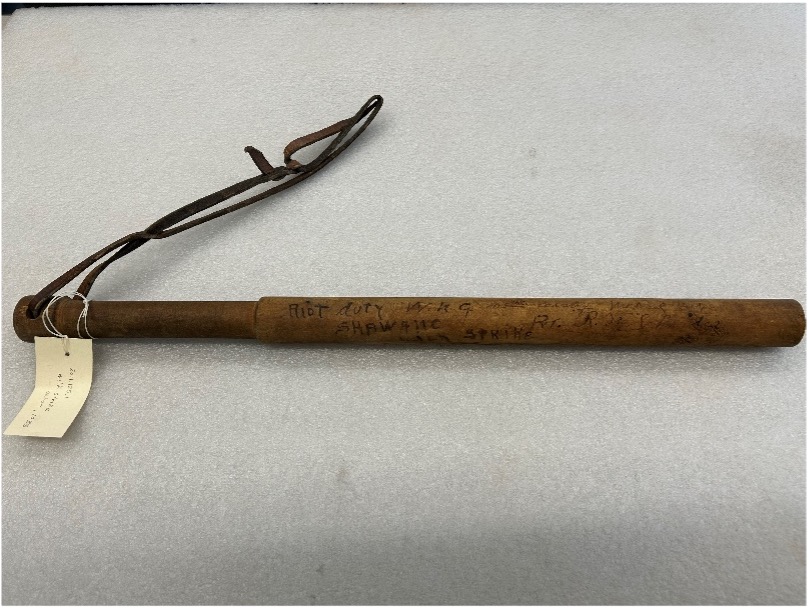
National Guard Nightstick
What were the roles of rights and responsibilities in the milk strikes of 1933? How do these strikes reflect national trends around labor rights and responsibilities in this period? How did the rights and responsibilities of law enforcement intersect with those of strikers?
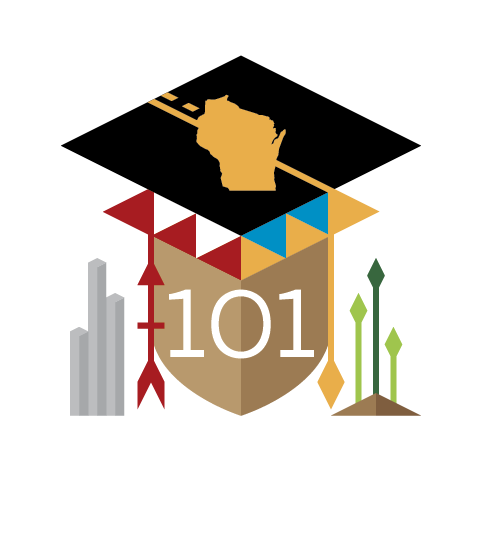
...and More!
There are lots of objects on Wisconsin 101 that can help you talk about rights and responsibilities depending on the story you want to tell. Explore them by place, time, or topic.